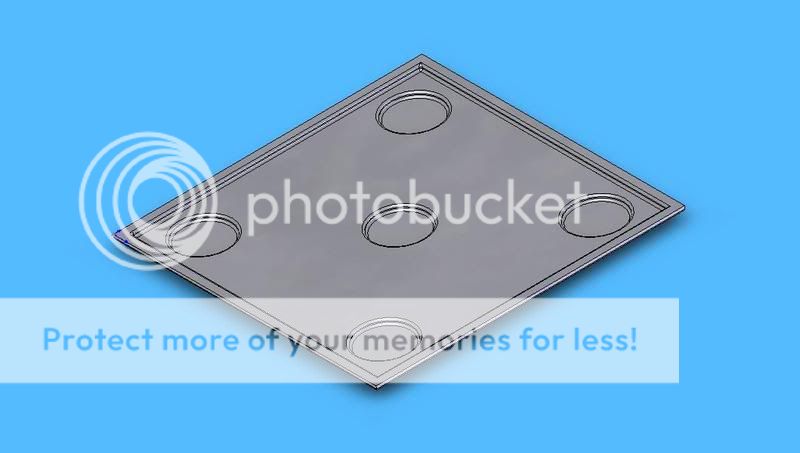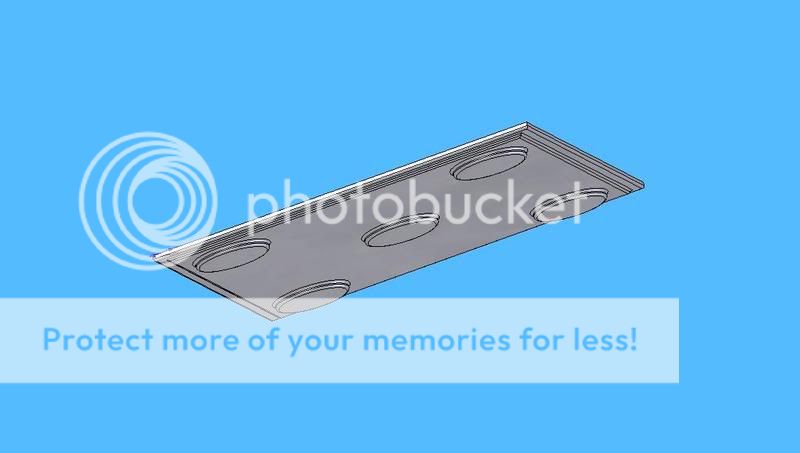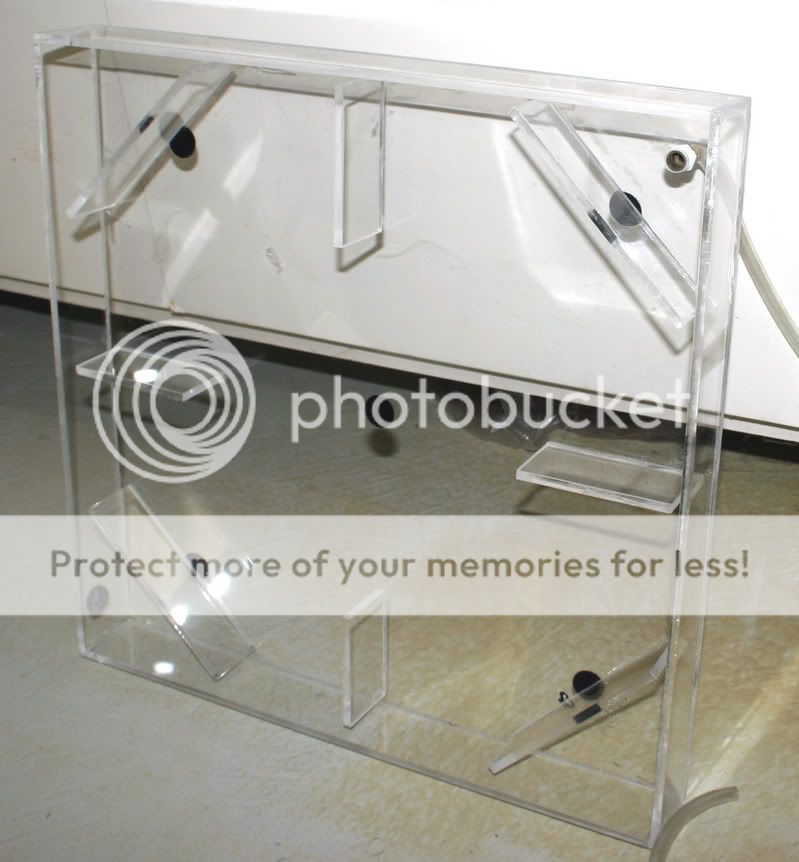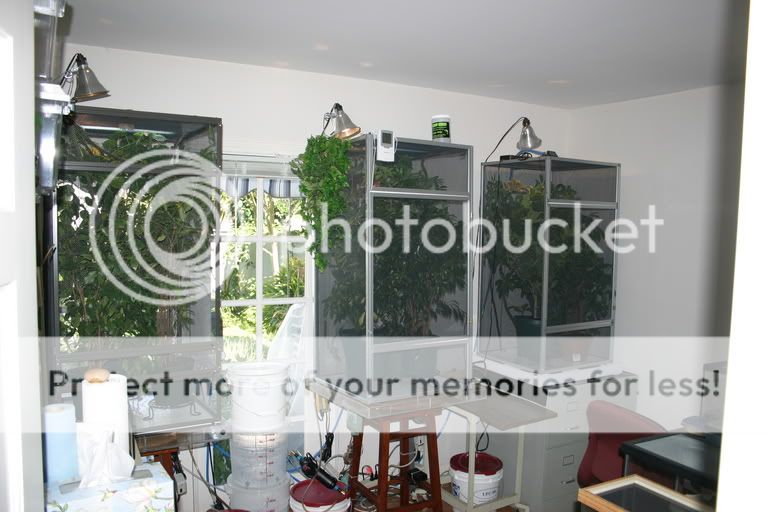LaserGecko
New Member
Howdy ya'll,
Everyone is aware of the problems associated with keeping humidity up in a chameleon cage. Once you get the water into the cage, you have to get rid of the run off. Those cheesy PVC squares aren't exactly made to hold water, to support plants, nor to keep crickets from hiding underneath them when a heavy plant is in the middle. The options available from Home Depot aren't exactly visually appealing since they're made for other purposes.
Chad and I are looking to change that. We're going to custom mold drip trays for cham cages. They will be formed out of black 1/8" ABS material, have multiple locations for drainage via a bulkhead or tubing and possibly a molded plant riser, too. However, we can't make twenty different sizes though, so if you all could answer a few questions, we can make exactly what you want.
Here are the advantages and disadvantages to each option that we see right now. Obviously, a more complicated design means a more complicated and expensive mold. The disadvantages are in red.
Internal
Plant Riser
We're obviously looking to keep them as affordable as possible, hence, this post.
What sizes would you use the most?
Any thoughts would be appreciated!
Everyone is aware of the problems associated with keeping humidity up in a chameleon cage. Once you get the water into the cage, you have to get rid of the run off. Those cheesy PVC squares aren't exactly made to hold water, to support plants, nor to keep crickets from hiding underneath them when a heavy plant is in the middle. The options available from Home Depot aren't exactly visually appealing since they're made for other purposes.
Chad and I are looking to change that. We're going to custom mold drip trays for cham cages. They will be formed out of black 1/8" ABS material, have multiple locations for drainage via a bulkhead or tubing and possibly a molded plant riser, too. However, we can't make twenty different sizes though, so if you all could answer a few questions, we can make exactly what you want.
Here are the advantages and disadvantages to each option that we see right now. Obviously, a more complicated design means a more complicated and expensive mold. The disadvantages are in red.
Internal
- Would fit to the sides of the screen
- Could have corner drainage
- Easier to use in a rack system with no wasted space
- Neater looking
- Would slide out for cleaning
[*]Might not fit every cage of that size perfectly
[*]Would need internally molded lip for bottom frame of cage so it would sit flat on the floor
- Could fit more than one size (16" square could fit 15"x15")
- Cage would sit inside the tray
- Easier to remove for cleaning
[*]Not as "clean" looking
[*]Less useful with custom cages
[*]More expensive due to larger size (mold cost and fewer units per sheet of material, especially with 24"x24")
Plant Riser
- Would keep plant roots from sitting in water
[*]More effort to clean due to nooks and crannies
[*]Possibly not as strong (have to check with fabricator)
[*]More expensive (how much is unknown right now)
We're obviously looking to keep them as affordable as possible, hence, this post.
What sizes would you use the most?
Any thoughts would be appreciated!









